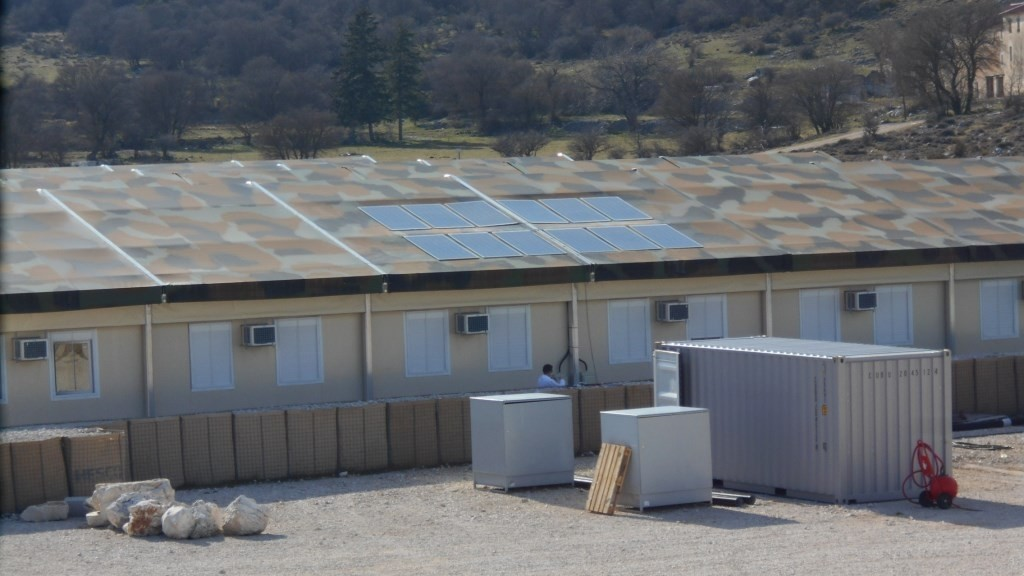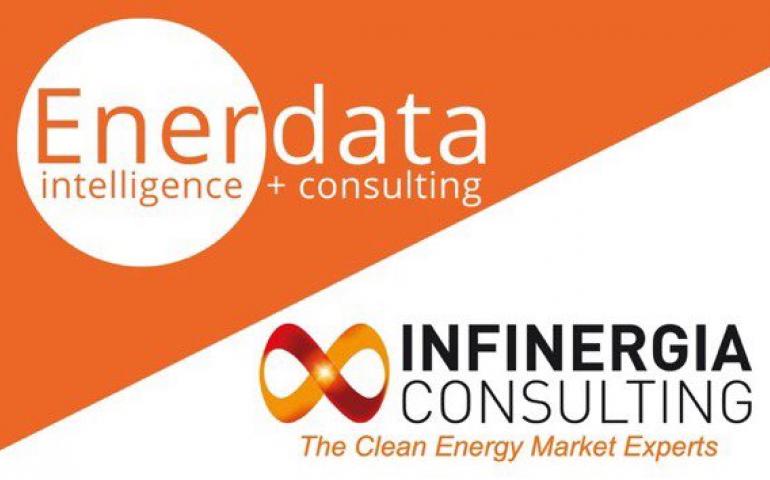Lightweight PV panels: new market perspectives?
Several market segments can benefit from lightweight PV panels. From BAPV to solar powered drones, these demanding markets offer large opportunities for innovative products. Infinergia defined a set of KPI and applied them on several companies to highlight their competitive advantages.
Article by Antoine CHALAUX & Fabrice POULIN
When we leave the mass market of large scale ground mounted PV plants, the choice of PV panels doesn’t only rely on power efficiency or a LCOE1 ratio. A new criteria often comes into picture: weight.
In building applied photovoltaic (BAPV)2, PV systems must answer the same criteria as the other elements of the building, including not threatening the sturdiness of the structure and not posing any risk to people inside the building. Beyond fire hazard, the weight of PV panels and elements needed to install them is a major obstacle to widespread adoption of BAPV.
To tackle this challenge, the French company Photowatt developed the Solight module that is similar in performance to their standard offering but in a packaging twice lighter. 2CA, another French company, went further and released Operasol, a module three times lighter than standard crystalline silicon (cSi) modules. Besides buildings, it is light enough to be installed on tents, e.g. for military application or disaster relief.
Besides cSi modules, thin film3 PV panels are a traditional solution well known for their light weight and can be deployed on any structure. PowerFLEX modules from US-based Global Solar for instance are lighter (per sqm) than Operasol and are flexible. On the other hand, the German company Heliatek uses a recent technology called organic photovoltaic technology (OPV) to reach another step with modules almost four times lighter than PowerFLEX. Besides their low weight, these products are very quick to install and can also cover vertical facades. They allow to go much further in integration of PV into buildings.
Performances of solar modules from cSi technology panel manufacturers (Source: Infinergia)
In order to distinguish pros and cons of these technologies, we defined a set of key performance indicators (KPI) to compare them simply. If the efficiency of modules (watt per sqm under standard conditions) is always relevant, some applications favor rather a good area density (kg per sqm, the lighter the better) or a high power to weight balance (watt per kg). These KPI allow to have a different perspective on PV technologies compared to what we are used to.
Among applications that can benefit from lightweight solutions, caravans and boats have been a historical (niche) market for PV panels. But innovation is very present and companies now offer lightweight, flexible and highly resistant packaging (able to withstand marine environment). Among them, Italia-based Gioco Solutions and Solbian offer most efficient cSi cells packaged on top of a flexible polymer or thin sheet of aluminum.
But lightweight PV can also open new markets opportunities. As proven in 2015 by the Solar Impulse project, PV can provide enough energy to power planes. Even though we are still far from seeing commercial planes powered solely by solar energy, PV can already power unmanned aerial vehicles (UAV) for a day flight. The French start-up Sunbird has started commercializing this type of PV drones for infrastructure or agriculture monitoring.
With pilot lines running, AltaDevices and Flisom offer ultra-lightweight and efficient PV modules that could extend the possibilities of solar powered UAV in this highly dynamic market. But these deep tech start-ups4 are looking even further. According to them, their technologies are efficient enough to partly recharge electric cars or trucks5. We doubt the user would gain much from that feature, but these technologies surely pave the way for breakthrough applications.
Performances of alternative technologies (Source: Infinergia)
While the most noticeable trend in the PV industry in the past five years is cost reduction for large scale ground mounted power plants, new lightweight technologies could facilitate PV pervasion in many more applications. They won’t compete with Chinese market leaders on mainstream products, but they will open new opportunities where PV has a higher value. Now, the question is: how fast and how big these applications can grow? And which company will succeed to satisfy this new demand?
[2] As opposed to BIPV, that integrates PV directly in the building structure
[3] Thin Film of materials such as amorphous silicon (a-Si) historically or CIGS today
[4] See the article Strategies that make a difference for photovoltaic panel manufacturers, by Fabrice Poulin − link
[5] Alta Devices claims a Toyota Prius equipped with 1.2 sqm of solar roof could harness 1.5 kWh/day in optimal conditions (so less than 10 km of drive range for a fully electric car)





